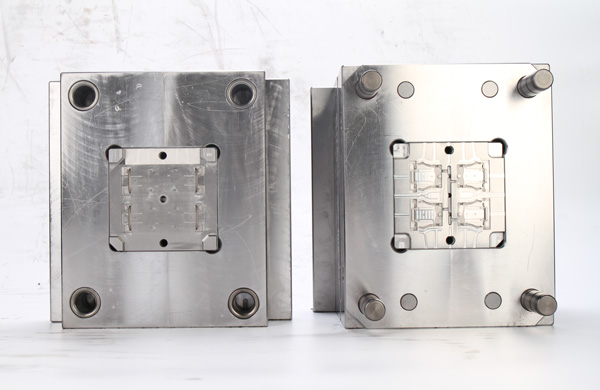In the intricate process of crafting injection molds, we often encounter challenges in mold closing due to the complex product structures, particularly when the ejector devices interfere with sliders, core-pulling mechanisms, and other moving parts. In such cases, the incorporation of a prior reset mechanism becomes crucial. So, under what circumstances should we consider adopting this mechanism in injection mold design?
Facilitating the Placement of Movable Inserts and Cavities: When using movable inserts or cavities for ejection in injection mold design, a prior reset mechanism greatly aids in their placement and reset, ensuring smooth and precise mold operation.
Avoiding Interference Between Ejector Pins and Side Cores: To prevent ejector pins from colliding with or interfering with side cores during the ejection process, which could compromise product quality and mold lifespan, a prior reset mechanism offers an elegant solution, allowing each component to operate within its designated space without conflict.
Protecting Molding Parts from Pressure: In some complex mold structures, molding parts may be subjected to pressure simultaneously with the reset rods during mold closing, increasing wear and potential damage. The implementation of a prior reset mechanism can effectively distribute this pressure, safeguarding these critical components from unnecessary harm.
Achieving Precise Control for Multiple Ejection Actions: For molds requiring multiple ejection actions, a prior reset mechanism is indispensable. It swiftly resets relevant components to their initial state after each ejection, preparing them for the next action and ensuring continuity and stability throughout the production process.

In summary, when designing injection molds, we should carefully consider adopting a prior reset mechanism in scenarios involving the placement of movable components, the risk of interference between ejector pins and side cores, the protection of molding parts, and the precise control of multiple ejection actions. This design not only enhances mold closing efficiency and product quality but also reflects the wisdom and experience of mold designers.